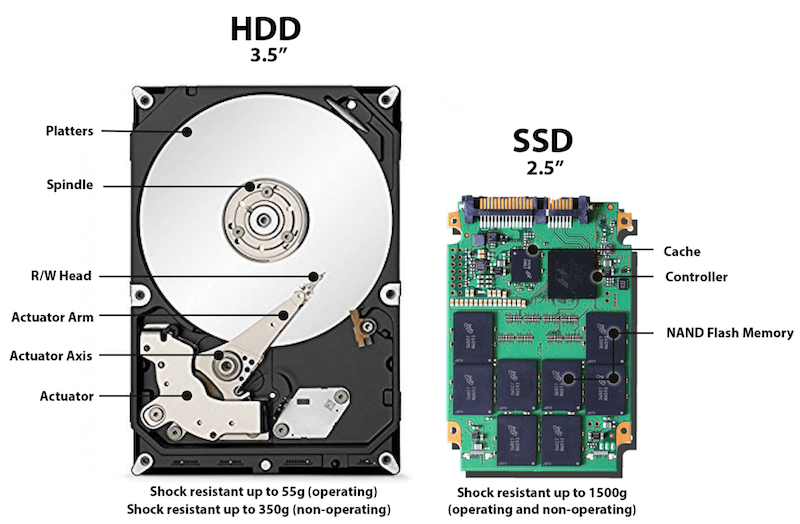

- WHAT TYPE OF SSD FITS IN A MACBOOK PRO EARLY 2013 UPGRADE
- WHAT TYPE OF SSD FITS IN A MACBOOK PRO EARLY 2013 MAC

So now we know that the lower performance of the 128GB SSD is not the fault of the manufacturer and, if this is so, then why is the internet littered with complaints of this performance in the last week alone?Īs much as we don’t expect it to be listed when different SSDs of similar capacity are used, there certainly should be when a company advertises these speeds and doesn’t notify that such a significant performance drop is evident in different capacities. they just need to get one in their hands to rip apart first.
WHAT TYPE OF SSD FITS IN A MACBOOK PRO EARLY 2013 UPGRADE
The good news is our friends at OWC are working on a very compatible and very affordable upgrade solution as we have see so many times before. Through their product spec sheet, however, we can advise that the Samsung XP941 specification for a 128GB capacity is only 450MB/s, a speed that would be reduced somewhat when installed in a similar OSX based MBP. The SanDisk website does not break performance down by capacities and Samsung doesn’t even have specifications for the XP941 available on the web. These speeds (or lack of) have nothing to do with SanDisk, as the write performance seen is typical of both the SanDisk and Samsung PCIe SSDs available today, these being the SanDisk A110 and the Samsung XP941. The 128GB SSD is a native PCIe SSD and, even if it were SATA 3, write performance would still be considered horrid by today’s standards. Let’s look at this a little more closely. Our friends at OWC were the first to publish that the difference between MBP installed 128 and 256GB PCIe SSDs could be as much as a 400MB/s performance drop their article also accompanied by some interesting benchmarks. Performance in the 128GB PCIe SSD does drop significantly, however, and this is something the buyer should be made aware of. Now… let’s be very clear in stating that the SanDisk 128GB SSD has no similarities to that of last years recall, nor are there any significant performance differences between a 128GB PCIe SSD made be either SanDisk or Samsung.
WHAT TYPE OF SSD FITS IN A MACBOOK PRO EARLY 2013 MAC
Moving forward to the most recent release of Mac products, Apple has now altered their SSD make-up somewhat and we now find newer 2013 systems containing SanDisk PCIe SSDs, or that of Samsung. Being the owner of both 20 MBA releases, I am very happy that both systems have Samsung SSDs instlled. This was most recently seen in the MacBook Air Flash Storage Replacement Program where Apple is now voluntarily replacing all non-Samsung SSD MBA’s as they risk failure and data loss. The downfall of this is when Apple ‘test drives’ other manufacturer parts, using the consumer as their test subjects.

Samsung PCIe SSD Found Inside Mid-2013 MBA Can you imagine how the ongoing Apple/Samsung disputes might take on a new face if most knew that their beloved Apple products performed as they did because of the Samsung components inside? The simple truth is that Apple would have nowhere near the success we see today without those Samsung components, and conversely, Samsung would also suffer a huge loss in their coffers without Apple. In their defence, neither they nor their manufacturers are at will to speak of such things due to confidentiality agreements. Apple has changed this by introducing SanDisk’s newest PCIe SSD for use with their newest PCIe SSD enabled systems, now utilizing either the SanDisk or the Samsung in Mac systems. A typical SATA 3 SSD bottlenecks at about 550MB/s, whereas, newer PCIe SSDs have tested over 1GB/s, Apple coming in with speeds of 824MB/s read and 757MB/s write in our Mid-2013 MBA testing.Īll testing to date has been with Samsung configured M.2 PCIe SSDs, and until the release of the new late 2013 version Apple products (specifically the MacBook Pro), there has really been no competition for Samsung in the M.2 PCIe world. To give you an idea how much faster, the chart below is a summary of our testing of native PCIe SSDs, to that of SATA 3 products whether they be M.2 (NGFF) or notebook SSDs. To keep it very simple, data transfer is much faster to and from a PCIe device, than that of a SATA 3 device. This shouldn’t be that concerning, considering that Apple has recently doubled the speeds of newer Mac products in our jump from SATA 3 to PCIe SSDs. SanDisk PCIe SSD Found Inside Late-2013 MBP Simply, the high-capacity SSD of your 2012 Apple MBA will not work in your 2013 MBA. Not only can the SSD in Apple’s new Mac products not be upgraded with third-party SSDs, but also, they can’t even be switched off with SSDs of previous Apple releases. Apple does this and carries things a step further by demanding that components, such as the SSDs, are proprietary to a specific build only. The practice of using unbranded peripherals in computers is common.


 0 kommentar(er)
0 kommentar(er)
